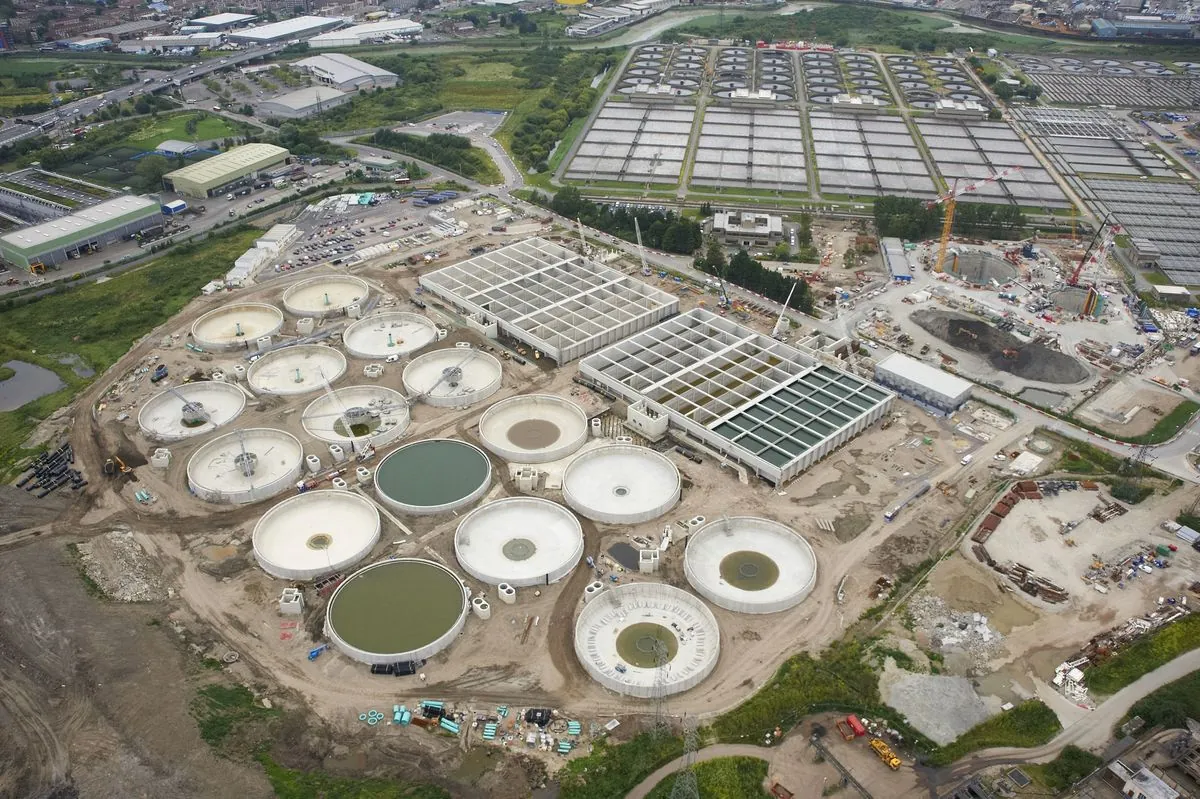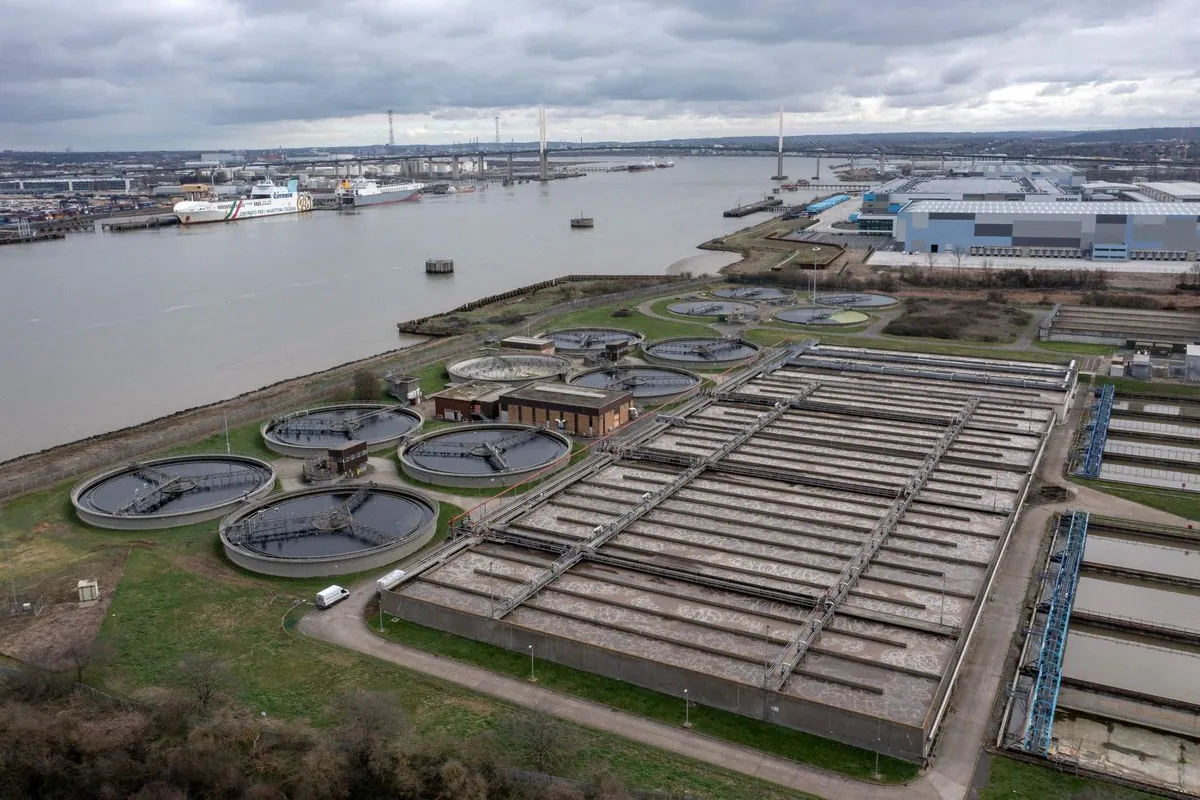Thames Water's Financial Crisis: Seeking Solutions Amid Mounting Debt
Thames Water faces financial turmoil as it struggles to secure £3.25 billion in funding. Potential solutions include new investors, government intervention, or creditor haircuts, each with significant risks for the UK water sector.

Thames Water, the UK's largest water utility, is grappling with a severe financial crisis, necessitating £3.25 billion in fresh equity over the next five years. This situation has raised concerns about the company's viability and the potential for nationalization.
The utility's debt burden is substantial, with leverage at approximately 80% of its £20 billion regulatory capital value (RCV). This figure exceeds the target set by Ofwat, the water regulator, by about 20 percentage points. Existing shareholders, including UK and Canadian pension funds, have declined to provide the required funding, citing the company's uninvestible status.

While the situation is dire, it's not without precedent. In 2021, Southern Water faced similar challenges but was rescued by Macquarie, which invested in the company when existing shareholders withdrew. A similar scenario could potentially unfold for Thames Water, with a new investor acquiring the utility at a discount to its RCV.
However, Thames Water's persistent failure to meet targets and recurring fines for poor service present significant risks for potential investors. The company's debt situation may be worsening, with its highest-ranking bond due in 2028 yielding over 12% as of August 2024.
"We are closely monitoring the situation at Thames Water and considering all options to ensure the continuity of essential water services for millions of customers."
Potential solutions to Thames Water's predicament include:
Government intervention: The government could allow Thames Water to increase bills more rapidly and reduce penalties. However, this approach risks public backlash and potential future policy reversals.
Creditor haircut: Bondholders could be asked to relinquish some of their claims, either through government administration or under the threat of one. This could make the investment more attractive but might undermine confidence in the entire water sector's valuation framework.
New investor: A new investor could potentially achieve a 16% internal rate of return by 2030 if Thames Water's equity value recovers. However, this scenario is fraught with uncertainties.
Each solution carries significant risks for the UK water sector and government policy. The outcome of this crisis could have far-reaching implications for the privatized water industry model in the UK, which has faced criticism for high debt levels, poor environmental performance, and underinvestment in infrastructure.
As of August 2024, Thames Water received a £104 million fine from Ofwat for mismanaging sewage spills, highlighting the ongoing challenges faced by the company. The resolution of Thames Water's financial troubles will be closely watched by industry observers, policymakers, and the public alike.


































